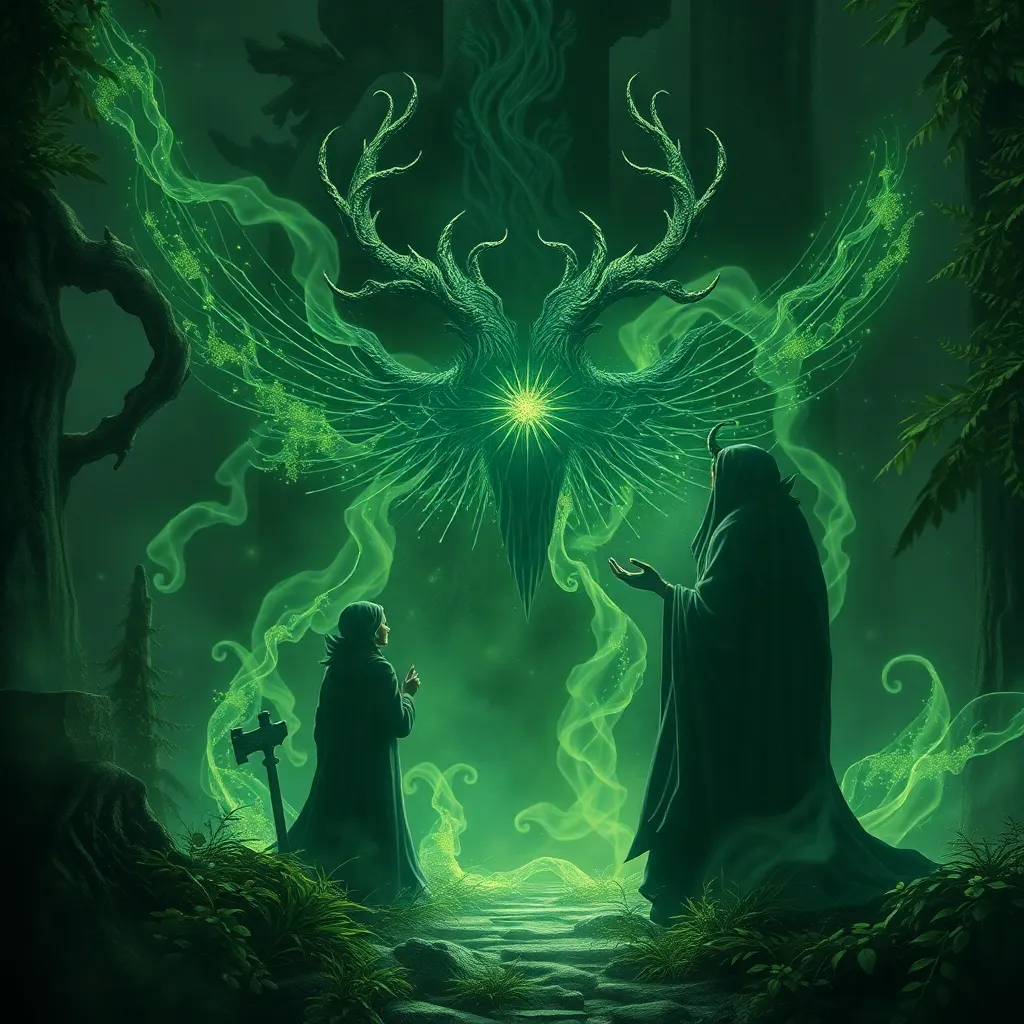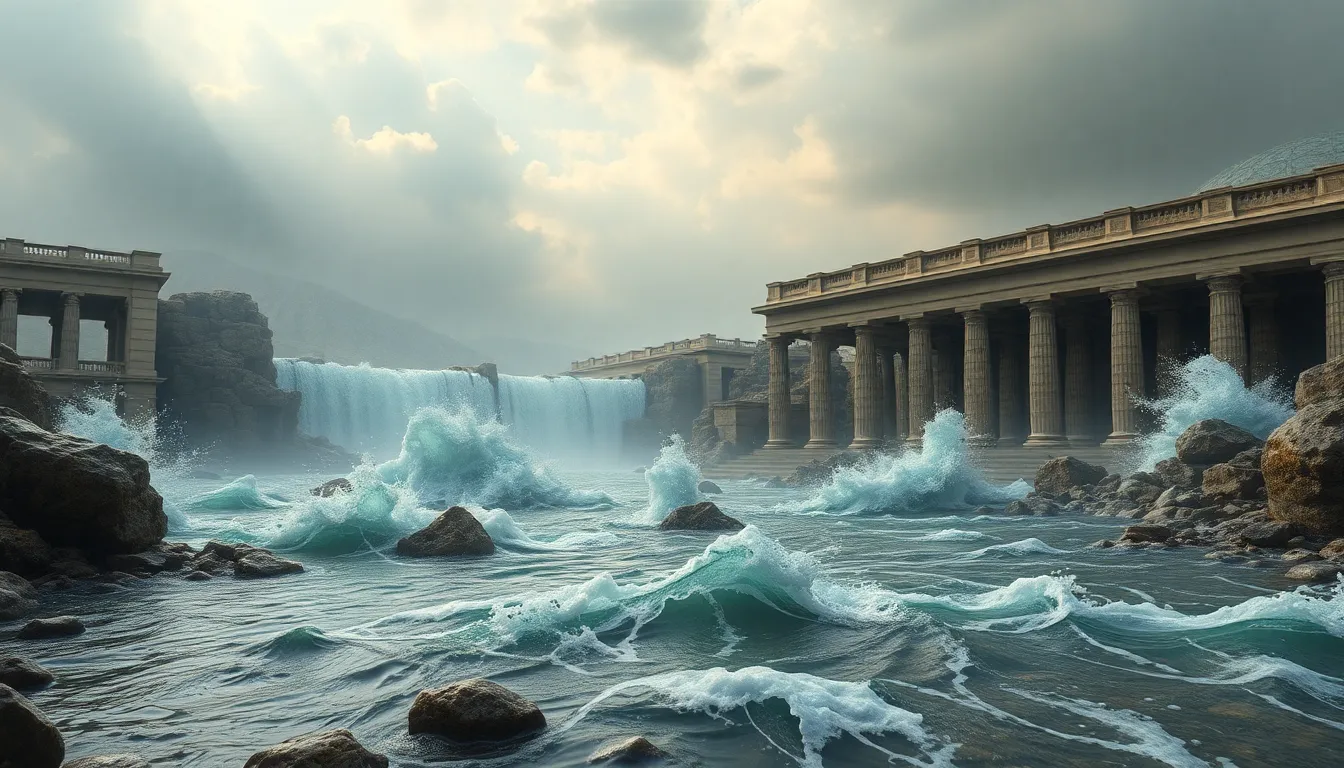Aina: The Heartbeat of Hawaiian Culture
In the heart of the Pacific Ocean lies the Hawaiian archipelago, a chain of volcanic islands renowned for their stunning beauty and rich cultural heritage. At the core of Hawaiian culture lies the concept of 'aina, a word that encompasses not just land, but also the very essence of life, identity, and spirituality. 'Aina is more than just soil and rocks; it is a living entity, a sacred space, and a source of sustenance, deeply intertwined with the well-being of the Hawaiian people.
The Mythological Significance of ‘Aina
In Hawaiian mythology, 'aina is inextricably linked to the creation story. According to legend, the islands were formed from the tears of the goddess Hawai'i, who was deeply saddened by the death of her beloved, the god Kāne. From her tears, the islands emerged, and life began to flourish. This story underscores the profound connection between 'aina and the divine, highlighting its sacredness and its role as a source of life and abundance.
The mythical figure of the earth mother, Papahānaumoku, represents the embodiment of 'aina. She is the source of life and fertility, giving birth to all things that grow from the land. This depiction of 'aina as a mother figure highlights the deep respect and reverence that Hawaiians hold for the land, viewing it as a nurturing and protective force. This connection with the divine is reflected in the many deities and spirits associated with specific places and features of the 'aina, further emphasizing its sacred nature.
‘Aina as the Source of Life and Sustenance
The Hawaiian people have long understood that 'aina is the source of their sustenance. The land provides food, water, and resources that sustain life. From the lush forests teeming with native plants and animals to the fertile valleys that produce an abundance of crops, 'aina has been the lifeblood of Hawaiian society. Traditional practices like lo'i (fishponds), he'e (octopus fishing), and laulima (community farming) allowed Hawaiians to live in harmony with their environment, drawing upon the bounty of the land to meet their needs.
The Deep Connection Between People and Land
The connection between the Hawaiian people and their 'aina goes beyond the physical realm. It is a spiritual bond, woven into the very fabric of their identity. Hawaiians believe that they are born from the land and that their spirit is connected to it. This profound connection is reflected in the many traditional practices and beliefs that center around 'aina.
One such practice is the concept of kuleana, which translates to "responsibility" or "duty." Kuleana emphasizes the importance of caring for the land and ensuring its sustainability for future generations. This sense of responsibility arises from the belief that the land belongs to everyone, and each individual has a duty to protect it.
‘Aina as a Sacred Space
For Hawaiians, 'aina is not just a resource, but a sacred space. Each place has its own unique history, stories, and spiritual significance. Certain areas are considered sacred grounds, where ancestral spirits reside and where powerful energy flows. Respect for 'aina involves acknowledging these spiritual dimensions and treating the land with reverence.
The practice of ho'okupu, offering gifts to the land and its deities, highlights this reverence. Ho'okupu involves leaving offerings such as flowers, food, or prayers at sacred sites as a way of showing gratitude and seeking blessings from the land. This deep sense of respect and reverence for 'aina has shaped Hawaiian culture for centuries, guiding their relationship with the land and influencing their beliefs and practices.
The Role of ‘Aina in Hawaiian Traditions and Practices
'Aina plays a crucial role in many traditional Hawaiian practices, showcasing the deep connection between the land and its people. These practices are not just rituals, but ways of life, built around a deep understanding of the natural world and the interconnectedness of all things.
Hula: Hula is a traditional Hawaiian dance that uses rhythmic movements and storytelling to express cultural values, history, and spiritual beliefs. Many hula dances are dedicated to specific places on the 'aina, celebrating its beauty and the stories associated with it. Hula is a powerful reminder of the connection between people and land, honoring the 'aina through movement and song.
Lei: Lei, the traditional Hawaiian garland, is often made from flowers, leaves, and other natural materials found on the 'aina. The act of crafting a lei is a testament to the appreciation for the land's beauty and abundance. Wearing a lei is a symbol of respect and welcoming, connecting people to the 'aina through its beauty and fragrance.
Mo'o: Mo'o are mythical beings, often portrayed as lizard-like creatures, who are said to guard and protect specific areas of the 'aina. These creatures embody the spiritual power and significance of the land. Respecting mo'o is seen as respecting the land itself.
Heiau: Heiau are sacred temples built to honor gods and goddesses connected to the 'aina. They serve as places of worship, offering, and prayer. Heiau signify the importance of recognizing the spiritual power and presence of the divine within the land.
Makahiki: Makahiki is a traditional Hawaiian festival that celebrates the harvest and the bounty of the 'aina. It's a time for joy, renewal, and reflection on the land's generosity. This festival highlights the appreciation for the 'aina's ability to provide nourishment and sustain life.
The Importance of Stewardship and Conservation
Hawaiian culture emphasizes the importance of stewardship and conservation. Generations of Hawaiians have learned to live in harmony with the 'aina, respecting its limits and working to preserve its resources. This deep respect for the land has led to the development of sustainable practices that protect the environment.
Ahupua'a: The concept of ahupua'a, a traditional land division system, recognizes that different areas of the 'aina are interconnected and must be managed together. This system promotes a holistic approach to land management, ensuring the health and well-being of the entire ecosystem.
Lo'i: Lo'i, fishponds built from rock and coral, are a testament to the ingenuity of the Hawaiian people. They demonstrate a deep understanding of the interconnectedness of land and water. These fishponds provide food and support aquatic life, showcasing a sustainable and innovative approach to resource management.
Malo'o: Malo'o, dryland farming techniques, have been used for centuries to cultivate crops in arid regions. This practice demonstrates the Hawaiians' ability to adapt to diverse environments and utilize resources efficiently.
- Lā'au Lapa'au: Lā'au Lapa'au, traditional Hawaiian healing practices, utilize plants and other natural resources found on the 'aina. This practice embodies the deep knowledge and respect for the land as a source of medicinal properties and healing power.
The Impact of Colonization on the Relationship with ‘Aina
The arrival of European colonists in the 18th century brought significant changes to the relationship between Hawaiians and their 'aina. The introduction of foreign agricultural practices and the displacement of traditional land management systems led to environmental degradation and a loss of connection to the land. The concept of private land ownership, a foreign concept to the Hawaiian system of shared responsibility for the land, further complicated the relationship between people and 'aina.
The loss of traditional knowledge and the disruption of ancestral practices diminished the ability to care for the land and protect its resources. This loss, coupled with the displacement of indigenous people from their ancestral lands, contributed to a sense of alienation from the 'aina.
Modern Movements to Reconnect with ‘Aina
In recent decades, there has been a strong movement among Hawaiians to reclaim their connection to the 'aina and revive traditional practices. This movement is driven by a desire to heal the land and restore the balance that existed before colonization.
**ʻAiā: The ʻAiā movement, which translates to "to speak out," advocates for the protection of Hawaiian land rights and the restoration of cultural practices. This movement aims to empower Hawaiians to speak out against injustices and advocate for the preservation of their cultural heritage.
Kuleana: The concept of kuleana continues to play a crucial role in modern movements to reconnect with 'aina. It inspires individuals and communities to take responsibility for the land and to work towards its sustainability.
Hawaiian Homesteads: The Hawaiian Homesteads program, established in the early 20th century, seeks to provide land for Native Hawaiians to cultivate and live sustainably. This program is an effort to restore the connection between land and people and to promote self-sufficiency within the Hawaiian community.
- Traditional Knowledge: Efforts to document and revitalize traditional knowledge and practices are crucial to understanding and protecting the 'aina. This includes studying ancient methods of land management, plant identification, and traditional healing practices.
The Economic Significance of ‘Aina
'Aina is not only a source of cultural identity and spiritual connection, but also an important economic resource. The land provides opportunities for agriculture, tourism, and other economic activities. Sustainable land management practices are crucial for ensuring economic prosperity and environmental well-being.
Agriculture: Agriculture continues to be a vital industry in Hawai'i, with the land producing fruits, vegetables, and other agricultural products. Sustainable farming practices help to preserve the land's fertility and ensure long-term economic viability.
Tourism: The beauty of the Hawaiian islands attracts millions of tourists each year, creating economic opportunities in hospitality, travel, and recreation. Responsible tourism development is essential for protecting the natural environment and cultural heritage that makes Hawai'i so special.
Ecotourism: Ecotourism, which focuses on sustainable travel and environmental conservation, can create economic benefits while also promoting the protection of the 'aina. This approach connects tourists with the natural environment and encourages respect for the land.
The Future of ‘Aina in Hawaiian Culture
The relationship between Hawaiians and their 'aina is a dynamic one, constantly evolving and adapting to new challenges and opportunities. The future of 'aina in Hawaiian culture hinges on the ability to balance cultural traditions with modern realities.
Sustainability: Sustainability is essential for ensuring the long-term health and well-being of the 'aina. This involves integrating traditional knowledge with modern practices to develop sustainable land management strategies that protect the environment and support the needs of future generations.
Cultural Preservation: Efforts to preserve cultural traditions and practices are crucial for maintaining the connection between people and land. This includes revitalizing traditional knowledge, sharing stories, and celebrating the cultural significance of the 'aina.
Education: Education is key to fostering a deeper understanding of the importance of 'aina. By educating younger generations about the land's history, cultural values, and ecological significance, Hawaiians can ensure that the connection between people and place remains strong.
The future of 'aina in Hawaiian culture is a hopeful one. By embracing sustainable practices, revitalizing traditions, and educating future generations, Hawaiians can ensure that the 'aina continues to be the heart and soul of their culture.
FAQ
What is 'aina?
'Aina is a Hawaiian word that encompasses more than just land. It refers to the land, the resources it provides, the spiritual connection to the land, and the cultural values associated with it.
Why is 'aina important to Hawaiian culture?
'Aina is central to Hawaiian culture, serving as the source of life, sustenance, identity, and spirituality. It is a sacred space, deeply intertwined with Hawaiian beliefs and practices.
What are some traditional Hawaiian practices related to 'aina?
Traditional practices like hula, lei-making, mo'o reverence, heiau rituals, and Makahiki celebrations all highlight the connection between the Hawaiian people and their land.
How has colonization impacted the relationship between Hawaiians and 'aina?
Colonization has significantly impacted the relationship with 'aina, leading to environmental degradation, displacement, and a loss of traditional knowledge and practices.
What are modern movements to reconnect with 'aina?
Modern movements like ʻAiā, Kuleana, Hawaiian Homesteads, and efforts to revitalize traditional knowledge are working to restore the connection between Hawaiians and their land.
What is the future of 'aina in Hawaiian culture?
The future of 'aina in Hawaiian culture depends on balancing cultural traditions with modern realities, embracing sustainability, preserving cultural practices, and educating future generations about the importance of the land.



